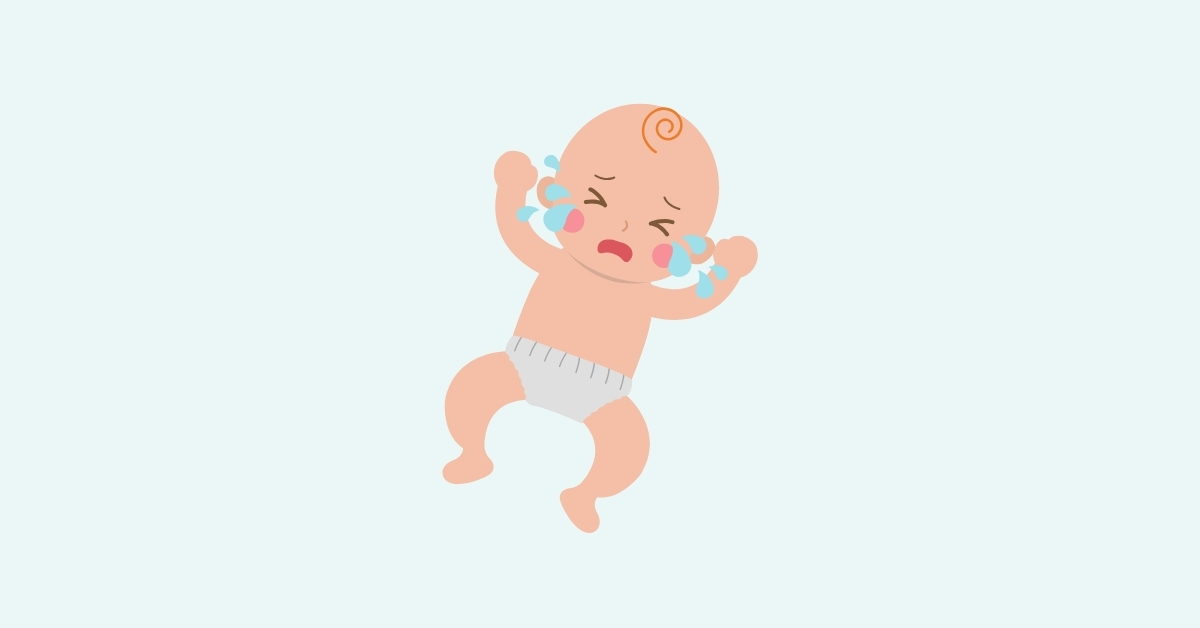As a parent of an almost 18-month-old, you may ask why the sleep has gone out of control. This may be accompanied by night waking, early morning awakening, more fussiness, and a refusal to take a nap or sleep. You might be feeling tired, irritable, and scared about how your child sleeps at night. You are not alone. The fact is that what you are experiencing is a widely observed event known as the 15-month sleep regression. This article describes the cause of this degradation, its symptoms, and coping techniques. It will also offer some advice and strategies for managing this difficult time as well as the restoration of sleep patterns in your child.
Understanding the 15-Month Sleep Regression
The 15-month sleep regression refers to a temporary disruption of your child’s normal sleeping pattern that occurs around the 15th month. It results from a set of developmental and psychological variables that influence his or her sleep quality and quantity. Some of these factors are:
Developmental leaps: At this time, your child is a toddler, going through a period of rapid growth and learning new skills. These milestones can also increase your child’s interest, movement, and stimulation, which goes against the preparation for sleeping in terms of readiness as well as duration.
Separation anxiety: There is a developing sense of individuality and autonomy in your child, accompanied by a fear of separation from you. This can make your child more clingy, needy, and insecure, especially at night. When you leave their room, your child may cry and object to what is happening or wake up frequently for comfort.
Teething: Your kid may have been dealing with the teeth emergence, including molars, which can cause pain and inflammation due to discomfort. This can cause your child to become more irritable, restless, and sensitive, negatively impacting their sleep quality as well as their appetite.
The 15-month sleep regression can manifest in different ways, depending on your child’s temperament and sleep history.
Some of the common signs of regression are:
- Frequent night wakings: However, your child may keep waking through the night and have difficulty falling back asleep. They may tear up, call you repeatedly, or whine for your attention. They may also reject sleeping in their own crib or bed, preferring to sleep with you.
- Early rising: Your child might wake up earlier than normal and have a hard time going back to sleep. They can be grouchy, sleepy, and not interested in their daily routines.
- Increased fussiness: In the daytime, your kid may be more irritable and discontented. Moreover, she or he can become fussy, especially around nap time or bedtime. They might refuse or remain awake for their naps, which are shorter and fragmented. They may also battle or postpone their bedtime, as well as have trouble calming down.
Therefore, it is crucial to distinguish 15-month sleep regression from other possible causes of sleeping disorders like disease, allergies, and changes in the environment. If your child has a fever, rash, cough, or any other symptom signalling the possibility of some underlying medical problem, you should consult with your paediatrician to confirm your doubts. If your child has recently changed residence, moved from one room to another, or been transferred out of the crib into bed, you must allow sufficient time for adaptation and give them additional comfort.
The positive side is that the 15-month sleep regression stage lasts for a few weeks or months at best, depending on your child’s age. This will bring the child’s sleep behaviors back to normal or even better than before as he overcomes this difficult stage. The important thing is to be patient, persistent, and understanding of the needs of your child.
Tips for Navigating the Sleep Regression
While there is no magic solution to the 15-month sleep regression, there are some tips and strategies that can help you and your child cope with it and minimize its impact. Here are some of them:
- Maintain a consistent routine. A reliable pattern can ensure a calmer, more stress-free child who is ready for sleep. Continue to maintain the same bedtime and wake-up times, as well as the nightly ritual before going to sleep. However, fixed bedtime rituals like baths, stories, and cuddles should be part of your child’s routine since they are destined to make the kid calm down. In addition, steer clear of stimulating or energizing activities that may be played on TV screens, such as video games filled with sugar, before bed because they have the ability to remain awake and active.
- Optimize the sleep environment: The sleep environment of your child should be suitable for sleeping, which is coolness, a dark place, and quiet. You can employ blackout curtains, white noise machines, or nightlights to provide shields against external noises and light that might interfere with the sleep of your child. Or you can create a more comfortable atmosphere in your child’s room by gifting them with something that may be their favorite toy or blanket, which would make them feel protected and safe.
- Respond wisely to nighttime wakings: When the baby wakes up during the night, respond to them calmly and softly with limited interaction and stimulus. You can care for them by checking on them, providing some water, or changing their diaper if it is necessary, but do not pick her up while rocking, let alone feed her. It is also possible to suggest self-soothing strategies, including humming or singing a lullaby or sucking on an object such as a security toy. It is also recommended that you do not take them to bed and definitely never sleep in their room because it would create new conditions of association, which may be difficult at a later stage.
- Adjust wake windows: The interim times between napping and going to bed are called wake windows. When it comes to appropriate wake times, they can prevent your child from becoming overtired and making falling asleep or staying awake more difficult. However, in relation to your child’s cues, like yawning or rubbing their eyes, you should adjust the wake windows. On the whole, a 15-month-old baby should have about four to five hours of wake time and two to three hours of sleep. Wake windows and naps can be tried to suit the needs of your child.
- Be patient and consistent. The 15-month sleep regression can be difficult and painful, but it is necessary to note that this phase has short paths. However, you should allow your child to adjust gradually while avoiding radical changes in their sleep routines or anticipations. You should also be kind and understanding towards yourself, ask your partner for help if necessary, or seek the support of family members or friends. If you think that your child’s sleep issues are critical or long-term, then a professional sleep consultant can offer you advice and help tailored to those needs.
Self-Care for Parents
The 15-month sleep regression may also wreak havoc on your body and mind in terms of sleeplessness or being swamped with fear. It is also crucial to care for yourself and the child during such a difficult stage. Here are some self-care strategies that can help you cope and recharge:
- Take naps: If feasible, try to nap during the day, when your child is sleeping or when someone else is watching them. A 20- to 30-minute snooze will help you regenerate your energy and mood while also improving your attentiveness and effectiveness.
- Exercise: Engaging in physical activities such as exercising can aid with the release of endorphins, reduce stress levels, and promote a healthier mind and body. You can practice some easy exercises, even at home or outside, while having a little time. You may also include your child in your workout routine by using a stroller, inner carrier, or bike seat and making it enjoyable family time.
- Seek social support. Social support can make you feel less alone and provide emotional or practical assistance. You have an opportunity to turn for help from your partner, family members or friends, or other parents who, on the one hand, can listen and understand you; they may give advice on what needs to be done. It is possible to become a member of an online or offline support group, forum, or community and share your experience with others in the same situation.
Conclusion
While the 15-month sleep regression is a difficult and exhausting time for both you and your child, it also reflects their physical development. Using the tips and strategies offered in this article, you can manage to get through this phase and recover your child’s sleeping patterns. Remember that this stage will also come to an end, and you’ll handle many tranquil nights and joyful days with your child. Parents, you are doing very well. You’ve got this!
Learn about different sleep training approaches to help your child develop healthy sleep habits.








